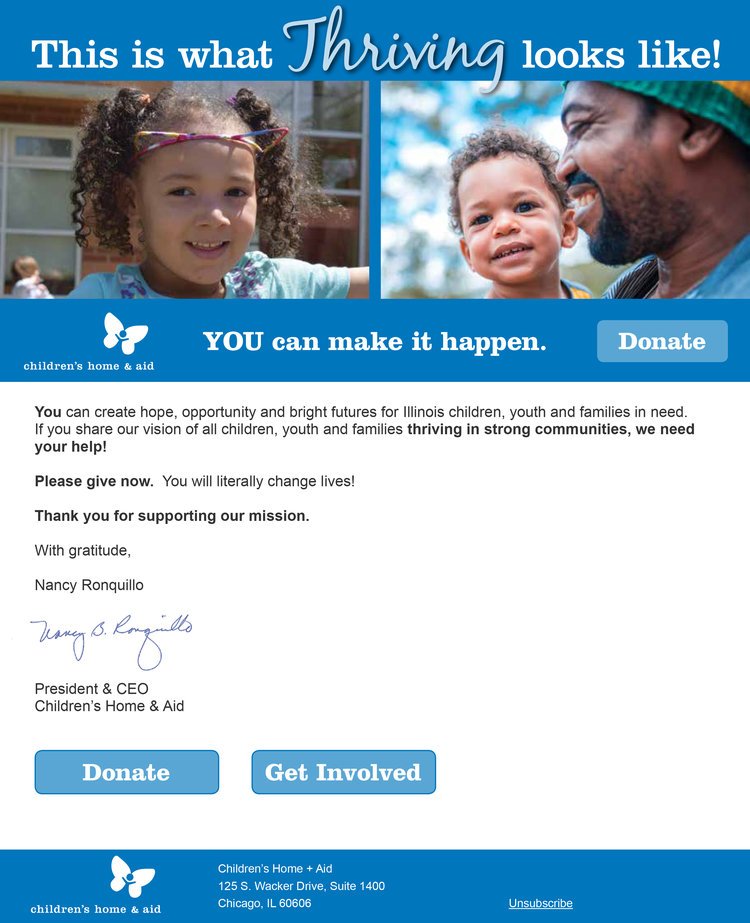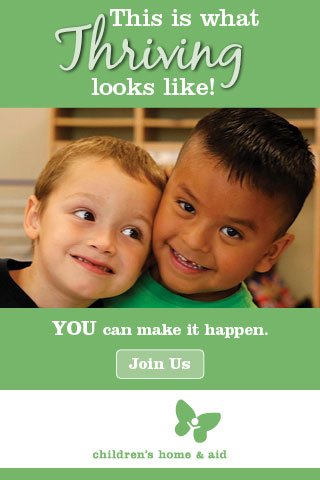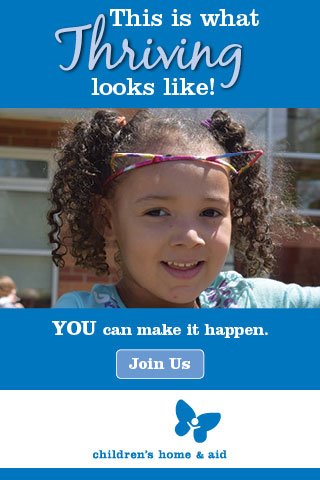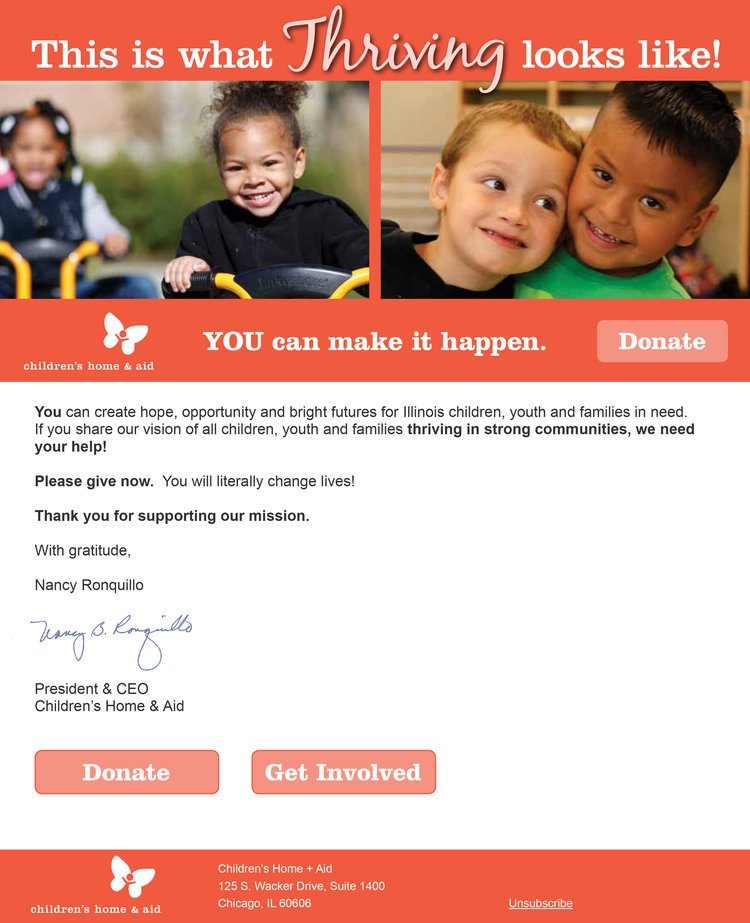Complete Year-End Giving Guide: FAQ & 9 Steps to Raise More
Year-end giving is a critical source of fundraising that can have an immense impact on your total annual revenue.
People look forward to the holiday season for its feelings of cheer, reunions with family and friends, and the promise of a new year. However, as a nonprofit professional, there’s an added incentive to get excited and start planning early—year-end giving.
The season of giving isn’t exclusive to children sprinting down the stairs to see their haul of presents for the year. For many nonprofits, year-end gifts make up a substantial amount of their annual revenue. From GivingTuesday to the winter holidays, the end of the year is a critical time for nonprofits to make the most of donors’ generosity and receptivity.
That’s why we’ve prepared this guide to increasing year-end fundraising success, so you can take full advantage of this important time. We’ll cover everything you need to know, including:
Familiarizing yourself with year-end giving best practices can help your nonprofit prepare at any time of the year. Let’s get started so you can help your organization raise more this year.
Frequently Asked Questions About Year-End Giving
Eager to learn more about how you can optimize your year-end giving campaigns? Let’s start with the basics by taking a look at a few frequently asked questions.
What is a year-end giving campaign?
A year-end giving campaign is the fundraising strategy that nonprofits launch throughout the months of October, November, and December to capitalize on the seasonal tide of increased donor generosity. A nonprofit’s strategy may include GivingTuesday campaigns, holiday fundraisers, and more.
Year-end campaigns are one of the most critical fundraising pushes that take place throughout the entire fundraising calendar. Additionally, beyond fundraising, they’re also ideal opportunities to strengthen donor relationships and boost acquisition through various kinds of non-fundraising outreach.
Why is year-end giving important?
Year-end giving is vital for organizations everywhere because it makes up a large portion of nonprofits’ annual donations. Just take a look at these year-end giving statistics:
Approximately 37% of annual giving occurs in the last three months of the year.
10% of annual giving occurs in the last three days of the year, December 29th - 31st.
Nonprofits across the world raised a total of $3.1 billion on GivingTuesday in 2022.
It’s clear that the final months of the year can have an incredible impact on your nonprofit’s annual revenue. That’s what makes it so essential to understand best practices to perfect your end-of-year appeals, letters, and outreach.
What is an end-of-year fundraising appeal?
End-of-year appeals are the special solicitations and fundraising appeals created to take advantage of the year-end giving window between GivingTuesday and the end of December.
Generally speaking, many nonprofits’ end-of-year appeal strategy is to create their appeals around a single year-end campaign, which they market across multiple channels. This helps to maximize their fundraising potential while reaching the widest possible audience and engaging donors.
What should an end-of-year appeal include?
There’s no hard and fast rule for what makes a good year-end letter or appeal. However, the following characteristics are some of the most tried and true methods that countless nonprofits have used for their end-of-year messaging:
A personalized greeting—no generic “dear donor” introductions
An honest, warm, and personable tone that builds a rapport with the recipient
Demonstrations of your nonprofit’s impact so far this year
How a donor’s actions can keep pushing the mission forward
Gratitude for how the donor might have helped your cause in the past
Genuine, uplifting closing remarks that inspire giving
A clear call to action at the end of the letter
Multiple options or ways for donors to contribute to your year-end giving campaign
These elements work together to ensure that when a donor opens your year-end appeal letter, they’re greeted with a personal, heartfelt, and impactful message that helps them feel good about giving.
Of course, it takes more than just a strong appeal letter to reach the right donors at the right times, strategize the various elements of your year-end campaign, and maximize your fundraising success.
9 Steps to Launch Successful Year-End Giving Campaigns
Let’s take a look at the steps you need to take to launch an effective year-end giving campaign and the top end-of-year fundraising strategies to inspire you.
1. Don’t wait—start planning early.
Think of a typical campaign with modest goals that you might host during the middle of your fundraising calendar. Consider how long the planning period for this average fundraising push might be. A month? Two months?
Now, consider the importance of your year-end giving campaign, by far the single most important fundraising push throughout the entire year. In order to fully capitalize on this giving window, you’ll want to plan anywhere between three to six months in advance.
After all, you’ll need ample time to:
Establish your year-end campaign goals.
Identify your target audience.
Organize your mailing lists and segment donors.
Strategize your various year-end messaging, programs, and events.
Keep in mind that an effective year-end giving campaign has the potential to more than double your total fundraising revenue for the entire year, so extensive planning is necessary to achieve the best outcome. Exact planning timelines vary from nonprofit to nonprofit, but our sample timeline can help you get started.
2. Choose your year-end fundraising campaign strategy.
Your year-end giving strategy can include multiple different fundraising campaigns to appeal to a wider audience. After all, more ways to engage means you’ll reach more people, more effectively, in ways that best suit them.
For example, the 55-year-old school teacher who’s given to your mission for 10 years might be delighted by a direct mail appeal and the chance to attend a local event. However, the Gen Z donor living three states over who you’ve only just acquired through social media may need a different approach to properly engage with your year-end giving campaign.
On top of your end-of-year fundraising appeals, consider incorporating:
A #GivingTuesday social media campaign
Peer-to-peer fundraising opportunities
Small community events
In-person holiday galas for local, high-value donors
A virtual, livestreamed event for your wider audience
Even if donors aren’t giving in droves during every event, these are great engagement opportunities that can help boost donor acquisition and retention—which will be critical for you in the long run!
3. Take an integrated, multichannel approach.
It’s difficult to overstate the importance of multichannel fundraising to year-end giving. By leveraging the power of different channels, you increase your chances of reaching every segment of your target audience through their ideal communication channels with a diverse and engaging set of content.
This is why the most successful year-end giving campaigns tend to be complex initiatives with a large scope across various channels, including:
Your nonprofit’s website, where you can promote online giving, engage and inform donors of your mission, and market your year-end campaign and events.
Direct mail, the ideal channel for sending year-end fundraising appeals.
Social media, a powerful tool to host peer-to-peer fundraising initiatives, reach new audiences, and market your year-end campaign.
Email, an essential channel for regular donor communications, event marketing, and digital end-of-year appeals.
If you’re struggling with how you might build out a complex, content-rich multichannel strategy, a professional communication and fundraising agency like Meyer Partners can guide you through every step of the process to create a sophisticated and effective year-end giving campaign.
For example, consider these materials from the thriving, effective multichannel campaign that our team helped to orchestrate for Children’s Home & Aid:
4. Promote matching gift opportunities.
As your nonprofit prepares to close out the year, don’t let impactful funding opportunities pass you by. An estimated $4 to $7 billion in matching gift funds goes unclaimed every year. At year-end, tap into the full potential of these valuable corporate philanthropy programs by informing supporters about these opportunities.
You can accomplish this by:
Including matching gifts in your year-end fundraising appeals
Creating a matching gifts page on your website you can direct supporters to
Communicating the impact that matching gifts will have on your nonprofit’s mission
Following up with donors after they complete the giving process
Many companies set deadlines that require employees to submit their matching gift requests by the end of the year, so take the time to reach out and encourage donors to check their eligibility and request a matched donation in time.
5. Leverage effective nonprofit storytelling.
Effective nonprofit storytelling should be a central part of every aspect of your year-end giving campaign, from direct mail appeals to your website to event promotion. Nonprofit storytelling allows you to:
Demonstrate the tangible impact of your nonprofit’s work
Share your organization’s story
Relate to your supporters on an emotional level
Call donors to action by showing them how they can drive positive change.
97% of donors indicate that the impact of their gift is a major deciding factor in whether or not they choose to give to a nonprofit, so using storytelling to demonstrate your organization’s impact at year-end is crucial. Take a look at the following example of effective storytelling and keep it in mind as you draft your year-end fundraising appeals:
6. Create special solicitation strategies for top donors.
Your “top donors” (that is, your major and mid-level donors) provide a high level of value not only in terms of their individual donations but also in their lifetime value (LTV)—the sum total that they will donate during their entire relationship with your nonprofit.
Because of this, you’ll want to give a bit of extra attention to these donors to guarantee their continued support, and your year-end giving campaign is the perfect time to do this.
As you’re building out your year-end communication and stewardship plan, remember to create a variety of highly personalized messaging to thank, communicate with, and solicit top donors. Reach out via phone calls, email, direct mail, and exclusive, highly personalized event invitations.
7. Get your board involved.
Donors aren’t the only ones who should step up their involvement—your board members are some of the biggest advocates and leaders of your mission, and they can enhance your year-end giving campaign by publicly rallying around your organization.
To boost your campaign’s visibility and increase donor engagement, encourage your board members to share their stories through personalized phone calls and videos to donors, reach out to their personal networks, and boost their involvement with your cause.
8. Remember to thank your donors.
Thanking donors is a crucial step to ensure their future support and even secure additional gifts during your end-of-year push. Just like with your campaign marketing strategy, you should take a multichannel approach to your acknowledgment of gifts.
Double-check that all donors have received their donation receipts and acknowledgments, as year-end tax breaks are a huge driver of end-of-year giving for mid-level and major donors. Additionally, higher-level donors should receive more personalized messages through more intimate mediums—like by phone or hand-addressed thank-you notes.
Remember to make these messages personal, heartfelt, and prompt. A best practice is to send a thank-you message within a week of each donation. After all, it won’t do you much good to send out a belated “thanks!” long after the donor has forgotten they donated to you in the first place.
9. Measure and analyze your results.
Your work doesn’t stop once January rolls around and the year-end giving season is over! The final step is to thoroughly measure and analyze the campaign’s success so you can improve your strategies for next year.
For the best results, turn to the help of professional fundraising and marketing consultants. These experienced fundraising experts not only understand the ins and outs of successfully carrying out a year-end giving campaign, but they can also help you use the results to enhance your other fundraising, marketing, and stewardship efforts throughout the entire year.
For example, Meyer Partners is a full-service nonprofit marketing agency that can supercharge your year-end giving through our multichannel fundraising, storytelling, and data analytics services. Our consultants' services include:
Predictive analytics and data modeling
Integrated, multichannel campaign creation
Direct mail and email marketing and fundraising
Impactful nonprofit storytelling
Housefile maintenance and data audits
By analyzing your year-end giving data with the help of professionals, you can discover insights like which channels drive donors to give the most and which campaigns best appeal to your target audience. With this data, you’ll be in a better position to raise more in the years to come.
Sample Year-End Fundraising Timeline
Now that you understand the full process of planning, launching, and analyzing a year-end giving campaign, you’re ready to start planning your own. To help you out, we’ve compiled a sample timeline you can use to guide your efforts in the months leading up to year’s end:
August & September: Towards the end of the summer, you should establish your year-end giving goals, identify your target audience, and plan your overall campaign strategy.
October: Now’s the time to thoroughly segment supporters, start promoting year-end giving to donors, and publicize any end-of-year fundraising events.
November: In November, run your GivingTuesday campaign, send out year-end direct mail appeals, and ramp up your promotion of holiday events.
December: Finally, host your holiday fundraising events, send out your last year-end giving appeals, and make your final push online.
These are just the basics and may not cover everything your nonprofit wants to include in your year-end giving campaign. With this solid foundation, however, you can build out a more detailed, personalized fundraising timeline to guide your organization’s end-of-year fundraising push.
Additional Year-End Fundraising Resources
Curious to learn more about year-end giving and the top strategies, tools, and professional resources available to aid your year-end campaign? Take a look at a few of our other valuable resources on these subjects:
A Nonprofit Direct Mail Fundraising Guide: How to Succeed. Direct mail appeals are a staple of any successful year-end giving campaign. Dive deeper into the ins and outs of crafting and sending the best direct mail appeals to your donors.
Expand Your Reach: Ultimate Guide to Nonprofit Marketing. Learn more about creating personalized, multichannel marketing strategies that you can use throughout your year-end giving campaign.
Donor Acquisition: The Complete Guide to Attracting New Donors. Eager to acquire new donors at year’s end? Use these tips to improve your year-end campaign’s donor acquisition strategy.












